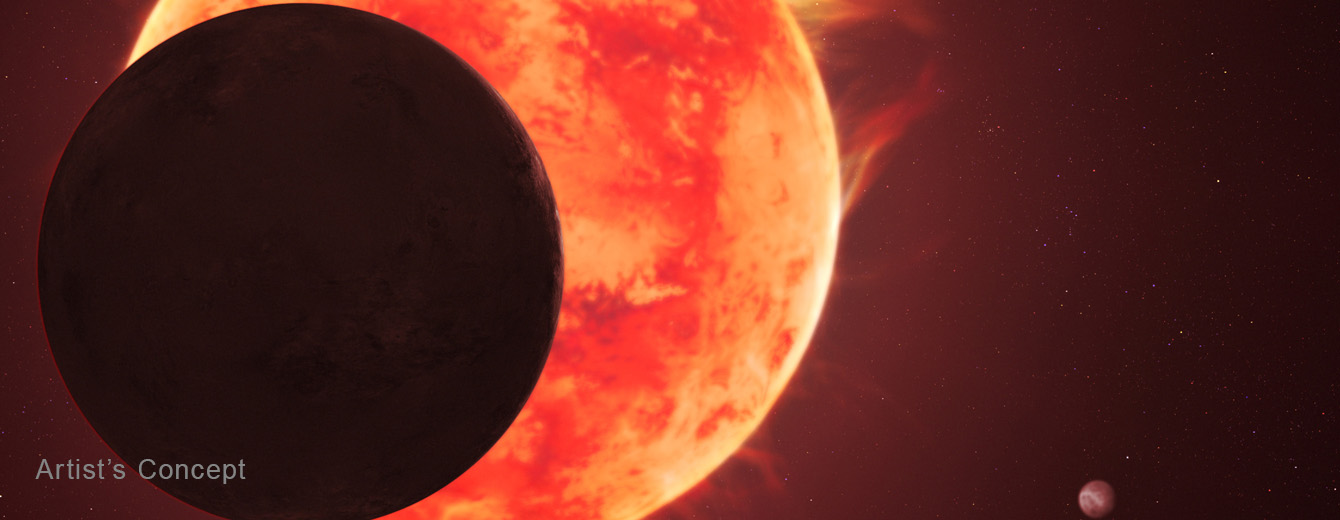
Could planets orbiting red dwarf stars like TRAPPIST-1 be habitable? Webb scientists say the investigation is ongoing.
A protective atmosphere, a friendly Sun, and lots of liquid water — Earth is a special place. Using the unprecedented capabilities of NASA’s James Webb Space Telescope, astronomers are on a mission to determine just how special, and rare, our home planet is. Can this temperate environment exist elsewhere, even around a different type of star?
The TRAPPIST-1 system provides a tantalizing opportunity to explore this question, as it contains seven Earth-sized worlds orbiting the most common type of star in the galaxy: a red dwarf.
Webb has studied TRAPPIST-1 d, the “third rock” from the system’s red dwarf sun. Though the planet’s distance from its star puts it on the cusp of a potentially temperate zone, Webb’s initial data do not show an atmosphere. However, one may be present under certain conditions that haven’t yet been tested. Scientists say that this doesn’t mean that all hope is lost for the TRAPPIST-1 system either, with the potential for atmospheres and water remaining on the system’s outer planets.
Find additional articles, images, and videos at WebbTelescope.org
You are receiving this email because you are subscribed to the Inbox Astronomy mailing list.